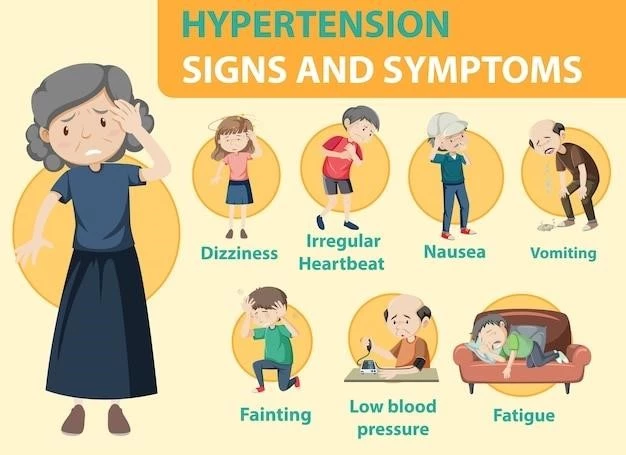Introduction
Sanfilippo syndrome is a rare genetic disorder of metabolism affecting enzyme levels that break down heparan sulfate‚ leading to various symptoms such as dementia and movement disorders. This condition impacts the brain and other organs‚ with different types determining severity and life expectancy.
Overview of Sanfilippo Syndrome
Sanfilippo syndrome is a rare genetic disorder that affects metabolism due to the lack of enzymes necessary to break down heparan sulfate‚ a glycosaminoglycan. This leads to progressive damage to the brain and vital organs‚ resulting in symptoms such as dementia‚ autism‚ and movement disorders. The syndrome has various types with different enzyme deficiencies‚ impacting life expectancy and severity of symptoms. Individuals with this condition often face challenges related to physical and cognitive impairments‚ making management and care crucial aspects of their wellbeing.

Causes and Symptoms
Sanfilippo syndrome is a rare genetic disorder caused by enzyme deficiencies that affect the breakdown of heparan sulfate. This leads to symptoms like dementia‚ autism‚ speech issues‚ and movement disorders. The syndrome has different types‚ each with varying impacts on brain function‚ organ damage‚ and life expectancy.
Genetic Basis of Sanfilippo Syndrome
Sanfilippo syndrome is a rare genetic disorder caused by mutations affecting the enzymes responsible for breaking down heparan sulfate‚ a vital component in cellular function. These mutations lead to the accumulation of undegraded molecules in lysosomes‚ impacting various tissues and organs. The syndrome is inherited in an autosomal recessive manner‚ meaning both parents must pass on a copy of the mutated gene for the condition to manifest.
Physical and Neurological Symptoms
Sanfilippo syndrome presents a spectrum of physical and neurological symptoms‚ including coarse facial features‚ prominent forehead‚ thick eyebrows‚ and enlarged tongue. Affected individuals may experience joint stiffness‚ hyperactivity‚ sleep disturbances‚ seizures‚ hearing loss‚ and vision problems. Neurologically‚ symptoms progress to include cognitive decline‚ behavioral issues‚ and motor skill regression‚ ultimately leading to severe intellectual disability and neurodegeneration.
Types of Sanfilippo Syndrome
Sanfilippo syndrome has four types (A‚ B‚ C‚ D) distinguished by different enzyme deficiencies impacting heparan sulfate breakdown. Each type presents varying effects on brain function‚ organ damage‚ and life expectancy. Understanding these types is crucial for proper management and care of individuals with Sanfilippo syndrome.
Differentiating Enzyme Deficiencies
Sanfilippo syndrome consists of four types (A‚ B‚ C‚ D) distinguished by specific enzyme deficiencies affecting the degradation of heparan sulfate. Type A lacks an enzyme breaking down a large sugar molecule‚ leading to severe neurological symptoms. Types B‚ C‚ and D involve distinct enzyme defects impacting brain function and organ damage. Understanding these variations is essential for accurate diagnosis and tailored treatment approaches.
Life Expectancy Variations
Sanfilippo syndrome showcases varying life expectancies based on the type and severity of the condition. While some individuals may live into adulthood with milder forms of the syndrome‚ severe cases‚ such as Type A‚ can result in a life expectancy into the late teens or early twenties. Understanding the specific type of Sanfilippo syndrome affecting an individual is crucial in determining the potential impact on their lifespan.

Diagnosis and Treatment
Diagnosing Sanfilippo syndrome involves genetic testing to identify specific enzyme deficiencies related to the disorder. Treatment focuses on managing symptoms and improving quality of life through supportive care‚ physical therapy‚ and addressing associated health complications. Research into potential therapies‚ such as gene therapy‚ offers hope for future treatment avenues.
Diagnostic Procedures
Diagnosing Sanfilippo syndrome typically involves genetic testing to identify specific enzyme deficiencies related to the disorder‚ typically a lack of enzymes breaking down heparan sulfate. Medical professionals may also perform physical exams‚ neurological assessments‚ and imaging studies to assess symptoms and disease progression. Early and accurate diagnosis is essential for implementing targeted treatment plans and supportive care strategies to improve the quality of life of individuals with Sanfilippo syndrome.
Management and Therapeutic Approaches
Managing Sanfilippo syndrome involves a multidisciplinary approach focusing on addressing symptoms and enhancing quality of life. Therapeutic interventions include physical therapy to improve mobility‚ speech therapy for communication challenges‚ and medications to manage symptoms like seizures. Additionally‚ supportive care and research into potential treatments‚ including gene therapy‚ play vital roles in enhancing the well-being of individuals with Sanfilippo syndrome.
Impact on Patients and Families
Sanfilippo syndrome profoundly affects patients and families‚ leading to significant challenges due to physical and cognitive impairments. Families face emotional and financial burdens while striving to provide necessary care and support for their affected loved ones. Understanding the impact of Sanfilippo syndrome is crucial in developing robust support systems and enhancing overall quality of life for both patients and their families.
Challenges Faced by Individuals with Sanfilippo Syndrome
Individuals with Sanfilippo syndrome encounter a range of challenges‚ including physical symptoms like joint stiffness‚ hyperactivity‚ and hearing loss‚ coupled with cognitive decline leading to severe intellectual disability. Managing these challenges requires a comprehensive approach involving medical interventions‚ supportive care‚ and specialized therapies to enhance the quality of life for those affected by Sanfilippo syndrome.
Support Systems for Families
Families of individuals with Sanfilippo syndrome often rely on a network of support systems to navigate the challenges associated with the condition. These support systems can include healthcare professionals‚ community organizations‚ and online resources that provide valuable information‚ emotional support‚ and guidance on managing the complex needs of affected individuals. Establishing a strong support network is essential for families coping with the physical‚ emotional‚ and financial burdens associated with Sanfilippo syndrome.
